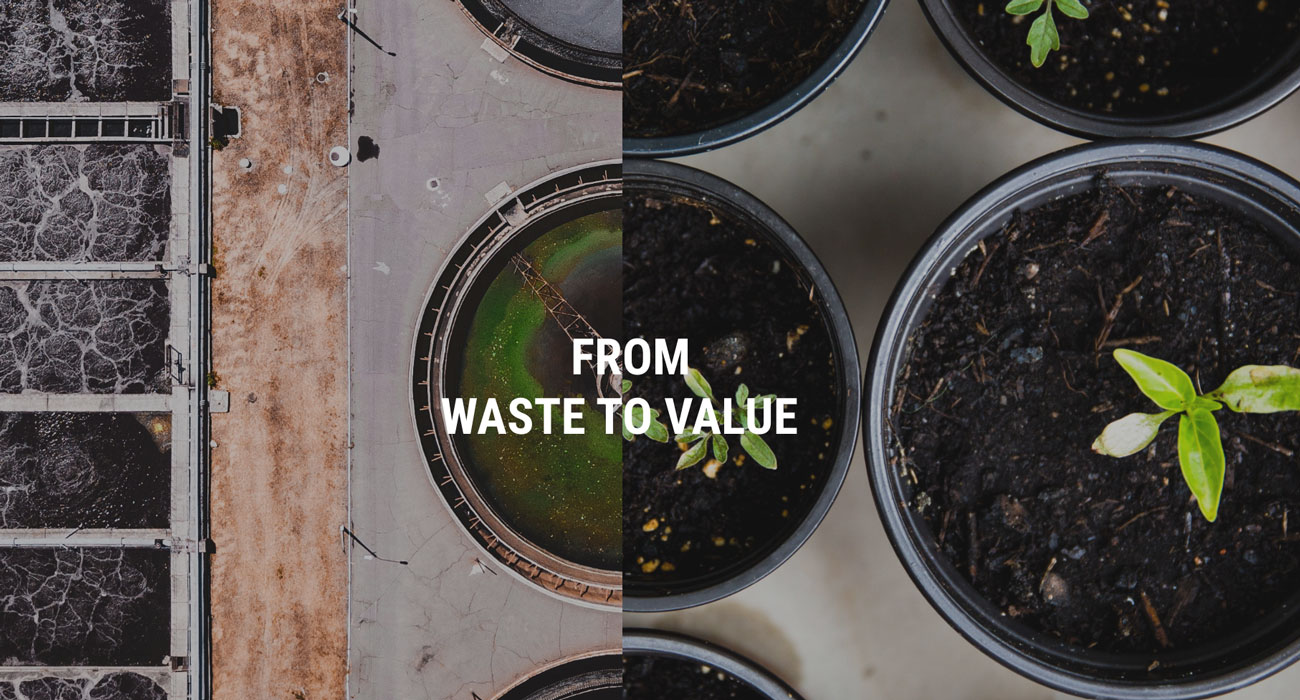Introduction
The Growing Interest in Plastic Pyrolysis
With the mounting concerns over plastic pollution and the urgent need for sustainable recycling solutions, plastic pyrolysis has emerged as a promising technology. However, understanding the cost associated with setting up and operating a plastic pyrolysis plant is crucial for prospective investors and entrepreneurs.
The Significance of Understanding the Cost
The cost of a plastic pyrolysis plant encompasses various components that directly impact the feasibility and profitability of such ventures. This article aims to provide insights into the intricacies of these costs, enabling informed decision-making within the plastic recycling industry.
Overview of the Article Structure
In this article, we will delve into the plastic pyrolysis process, explore the breakdown of cost components, examine factors that influence costs, discuss strategies for cost-effectiveness, and assess the long-term viability of investing in a plastic pyrolysis plant.
Understanding Plastic Pyrolysis
The Pyrolysis Process and Its Role in Plastic Recycling
Plastic pyrolysis involves the thermal decomposition of waste plastics into valuable products such as pyrolysis oil, carbon black, and syngas. This process plays a pivotal role in addressing plastic waste challenges and resource scarcity.
Types of Plastic Pyrolysis Plants
Various types of plastic pyrolysis plants are available, ranging from batch and semi-continuous to fully continuous systems. Understanding these types is essential as they have different cost implications.
Feedstock Considerations and Their Cost Implications
The choice of plastic feedstock significantly affects the cost and efficiency of the pyrolysis process. Factors such as feedstock sourcing, processing, quality, and availability must be considered.
Breakdown of Cost Components
Initial Capital Investment
Plant Acquisition Costs
The initial capital investment includes the cost of acquiring the pyrolysis plant itself, which can vary greatly depending on the plant’s capacity and technology.
Installation and Setup Expenses
Setting up the plant involves expenses related to site preparation, construction, and installation of necessary infrastructure and equipment.
Operational Costs
Labor and Maintenance Expenses
Operational costs encompass labor wages and maintenance expenses, both of which are ongoing and essential for plant efficiency and safety.
Utility and Energy Consumption
Utilities like water and electricity, as well as energy consumption, contribute to operational expenses that impact the overall cost of running the plant.
Feedstock Costs
Sourcing and Processing Expenses
Procuring and preparing plastic feedstock can entail costs related to collection, transportation, sorting, and processing of plastic waste.
Quality and Availability Factors
The quality and availability of feedstock materials can vary regionally and seasonally, affecting costs and operational continuity.

Factors Influencing Costs
Plant Capacity and Technology
The size and technology of the pyrolysis plant influence both initial and operational costs, making it crucial to select the right configuration for the intended operation.
Environmental and Safety Compliance
Compliance with environmental regulations and safety standards adds to the cost but is essential for legal operation and responsible waste management.
Geographic Location and Market Dynamics
Factors like geographic location, proximity to feedstock sources, and market demand can influence pyrolysis plant cost and profitability.
Cost-Effective Strategies
Optimizing Plant Efficiency
Efficient utilization of heat and resources within the plant can enhance overall efficiency and reduce operational costs.
Minimizing Operational Expenses
Strategies for cost reduction include optimizing labor utilization, implementing preventive maintenance, and adopting energy-saving technologies.
Exploring Feedstock Alternatives
Considering alternative feedstock sources and processing methods can potentially reduce costs and enhance sustainability.
Return on Investment (ROI) and Long-Term Viability
Calculating ROI for a Plastic Pyrolysis Plant
Calculating the return on investment is critical for assessing the financial viability of a plastic pyrolysis plant investment, considering both upfront costs and long-term revenue generation.
Evaluating the Sustainability and Profitability of the Venture
Evaluating the sustainability of the venture includes assessing its environmental impact and social benefits, alongside financial considerations, to determine its long-term viability.
Future Outlook for Plastic Pyrolysis as an Industry
As the plastic recycling landscape evolves, considering the future outlook of the plastic pyrolysis industry is essential for making informed investment decisions.
In conclusion, understanding the cost of a plastic pyrolysis plant is essential for those looking to venture into the plastic recycling industry. By comprehensively evaluating the various cost components, considering factors that influence costs, and exploring cost-effective strategies, investors can make informed decisions that contribute to sustainable plastic waste management and resource recovery efforts.


Comments
No comments yet. Be the first to react!